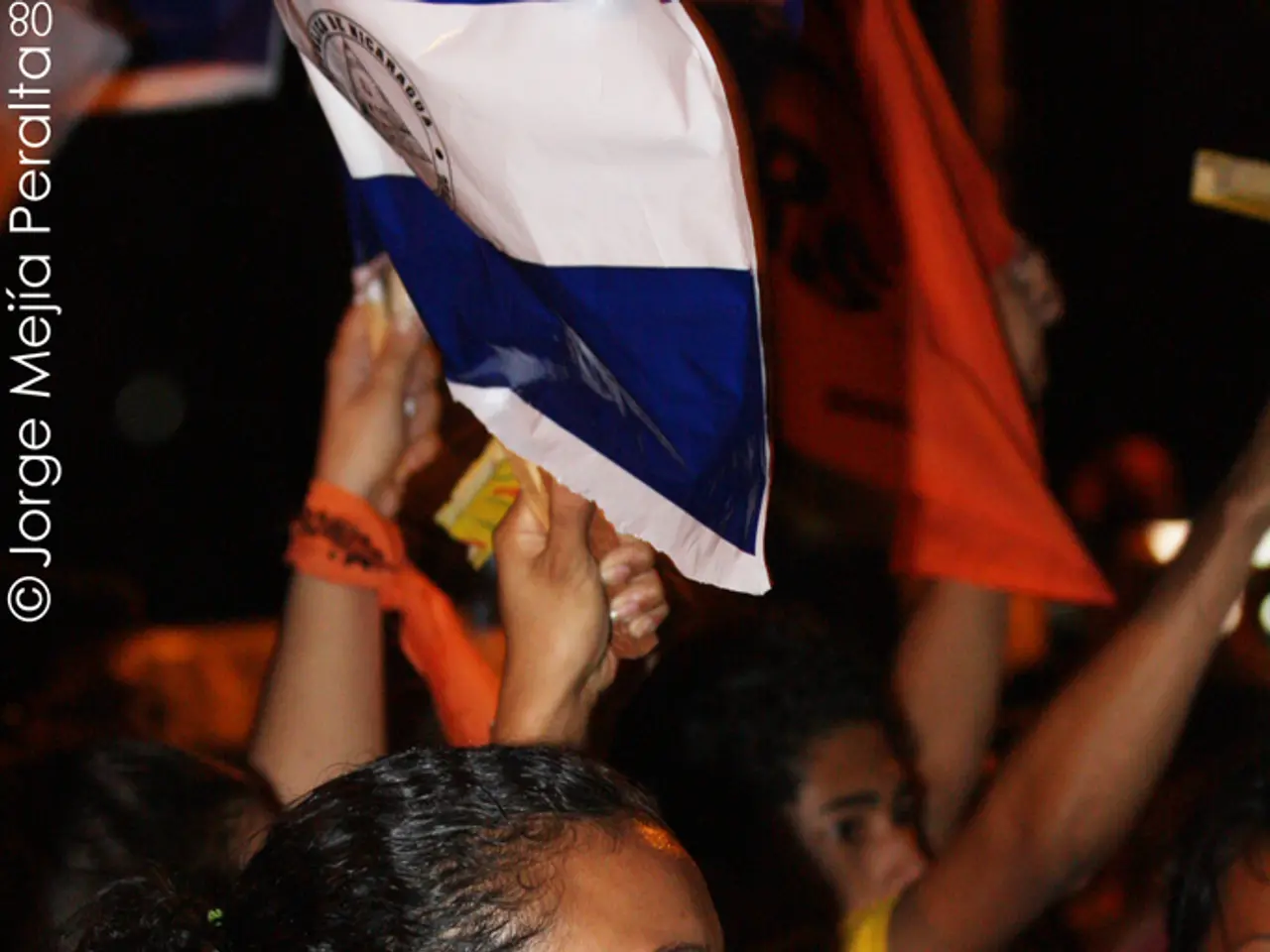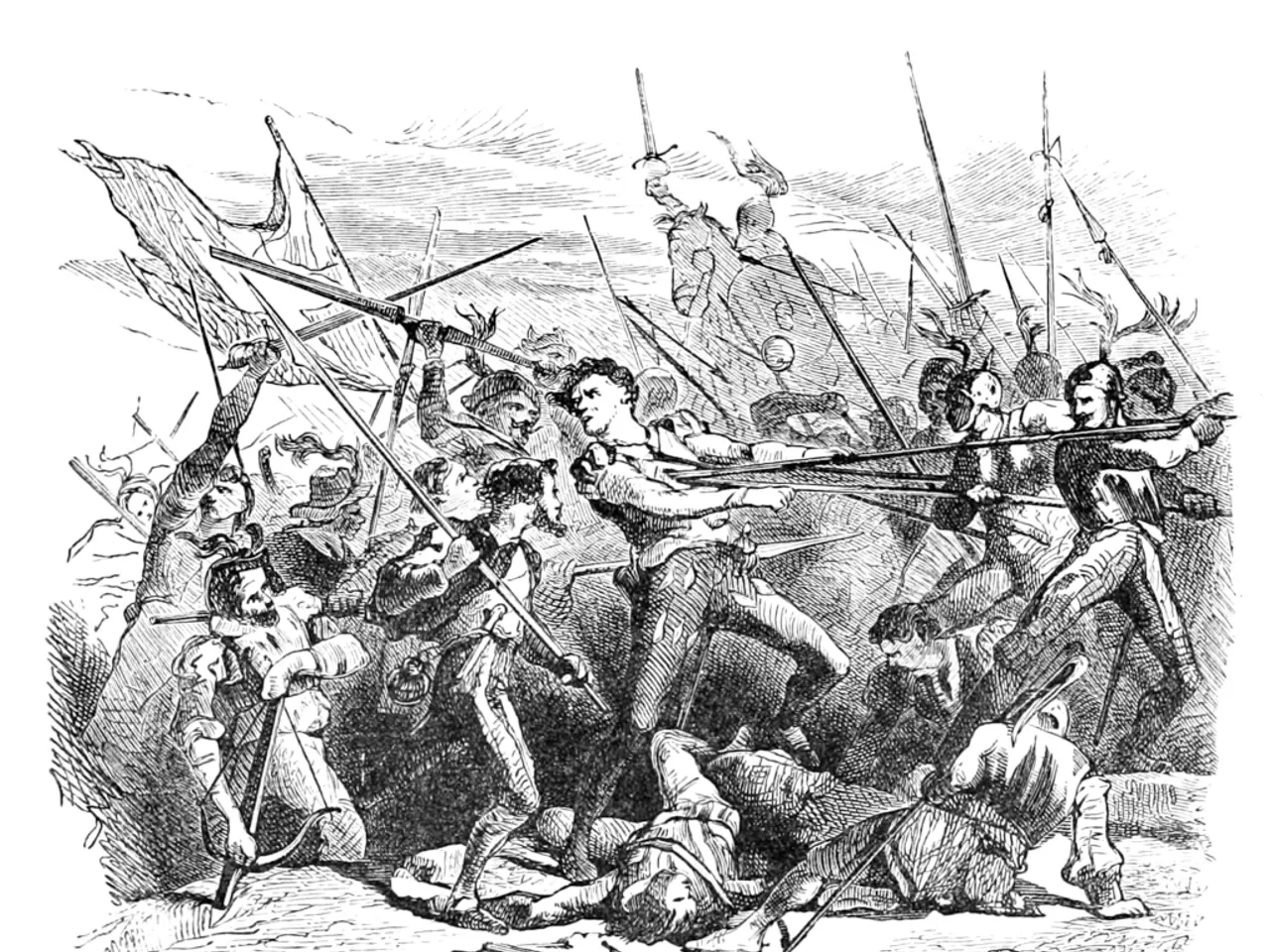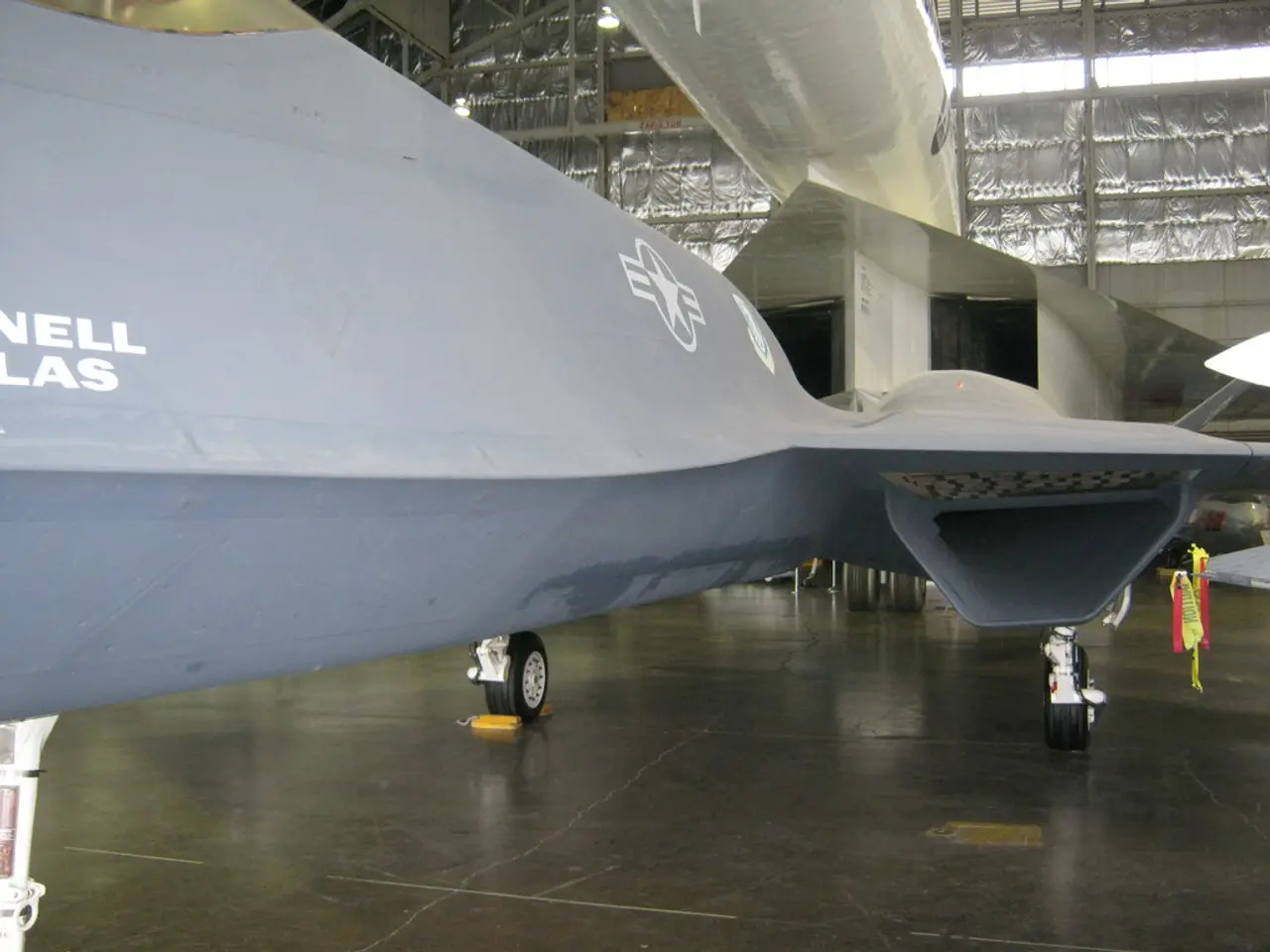"Syria potentially impacted by an unknown, non-governmental entity's influence?"
In a dramatic turn of events, various rebel groups have seized control of significant parts of Syria after thirteen years of relentless civil war. The fall of major cities and regions, including Aleppo, Daraa, Suwayda, Hama, Palmyra, Deir ez-Zor, Homs, and Damascus, has marked the end of the Syrian civil war and the collapse of centralized Assadist control.
The rapid territorial gains were primarily driven by coordinated major offensives, the weakening and retreat of Assadist regime forces, internal fragmentation, and shifting alliances. By late 2024 and early 2025, key rebel factions such as Hay'at Tahrir al-Sham (HTS), the Syrian National Army (SNA), the Syrian Free Army, and the Syrian Democratic Forces (SDF) launched synchronized offensives that culminated in the capture of these crucial areas.
Several factors contributed to this swift takeover. The momentum from coordinated offensives, such as HTS’s major offensive beginning 27 November 2024, backed by the SNA, captured Aleppo in just three days, inspiring other revolutionary factions to launch parallel offensives across the country.
The Assadist regime’s security and military forces became overstretched and demoralized, their inability to maintain control emboldening rebel advances and local militias. Regions like Suwayda with its Druze majority and others like Daraa had quasi-autonomous governance and distinct relations with the regime, which fractured as Assad's authority collapsed, facilitating rebel control and localized conflicts replacing state governance.
Rebel groups, sometimes with tribal and sectarian alignments, exploited these divisions. The regime vacated areas like Suwayda after ceasefire agreements amidst local Druze-Bedouin clashes, allowing local militias to assert control. After Assad's fall, the rebels established a caretaker government and began integrating militias into new state institutions to consolidate control.
The city of al-Raqa, controlled by Kurdish militias, is an important area to note. Elsewhere, Turkish President Recep Tayyip Erdogan is expected to reclaim territory controlled by rebel groups and Kurdish militias. The Israeli army is conducting operations in the Quneitra region and has asked civilians to stay at home.
Kurdish militias are focused on autonomy for their government in northern and eastern Syria. The presence of US influence in Syria, with 900 military personnel, may prevent an immediate establishment of an Islamic government. Among the rebels who have reached Damascus, there is a diverse range, including groups opposed to the al-Assad regime since the beginning of the war, and Hayat Tahrir al-Sham, a group considered a terrorist organization by the US, UK, and others due to its former links to al-Qaeda.
The country's long historical tradition of the Orthodox Church of Antioch, one of the oldest Christian denominations in the Middle East, may influence the religious landscape. However, it is important to note that political instability often works against religious freedom, but in the case of Syria, religious freedom was not a major concern for the al-Assad governments.
Russia, Turkey, and Iran, who supported the Assadist regime four years ago, no longer do. Instead, Russia and Turkey preferred a ceasefire over continued support for the Assadist regime. The Syrian Democratic Forces and the Kurds defeated all positions of the self-proclaimed Islamic State by 2019.
As the situation in Syria continues to unfold, human rights may remain subject to geostrategic interests. The sustainability challenge ahead for Evangelical Focus encourages supporters to join the #OneMoreYearEF campaign. Turkey may confront the Kurds in pursuit of de facto Turkish control of areas where rebels it supported were a majority. It remains unclear how such diversity will coexist now that the common goal (overthrowing al-Assad) has disappeared.
In the wake of the collapse of Assadist control, diverse rebel factions, such as Hay'at Tahrir al-Sham (HTS), the Syrian National Army (SNA), and the Syrian Democratic Forces (SDF), have seized the opportunity to launch co-ordinated offensives, leading to the capture of significant territories and the establishment of a caretaker government, as seen in Damascus. Meanwhile, the complex web of politics, war-and-conflicts, and general-news continues to shape Syria's future, with ongoing concerns about human rights, religious freedom, and regional geostrategic interests.







